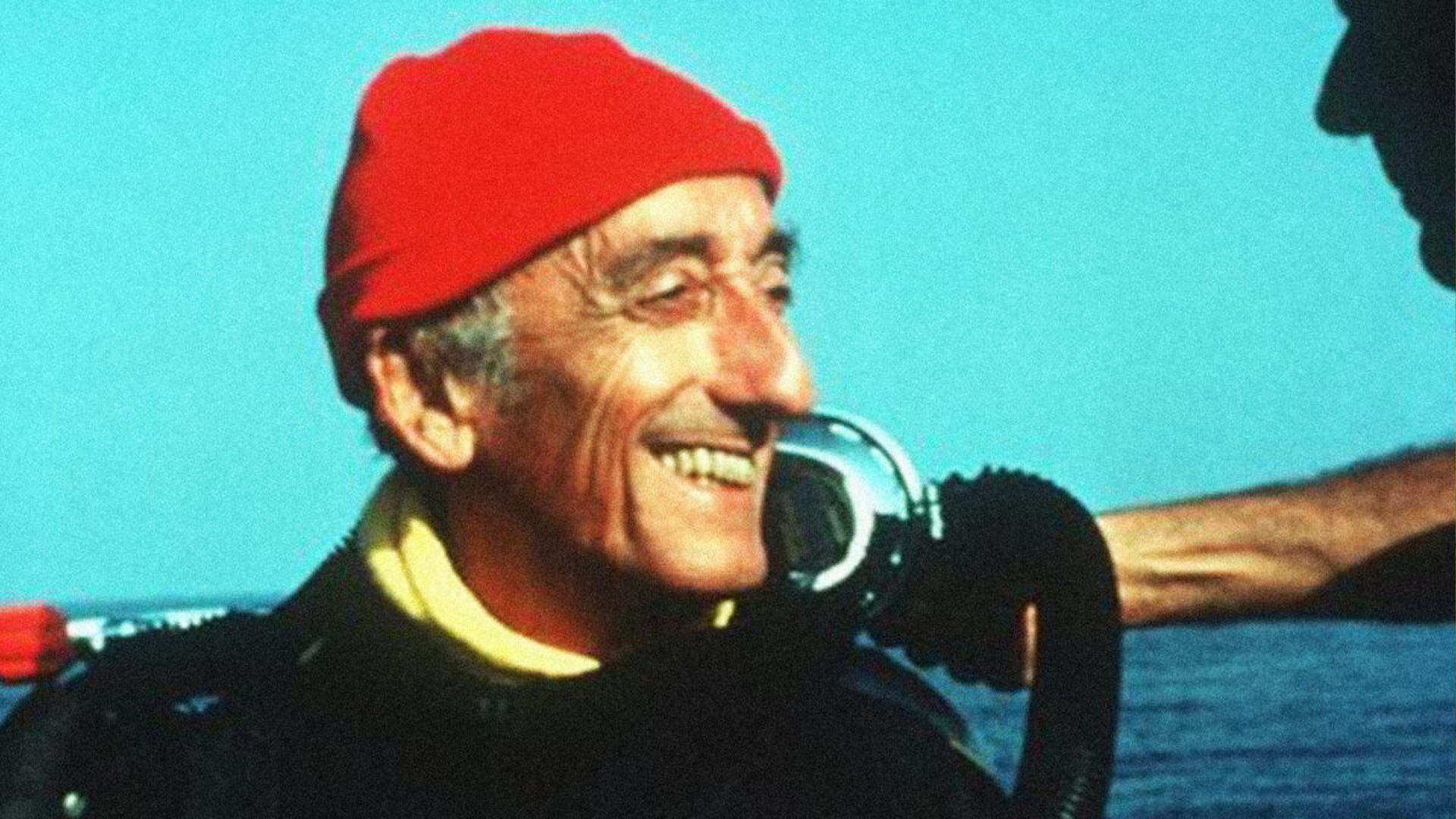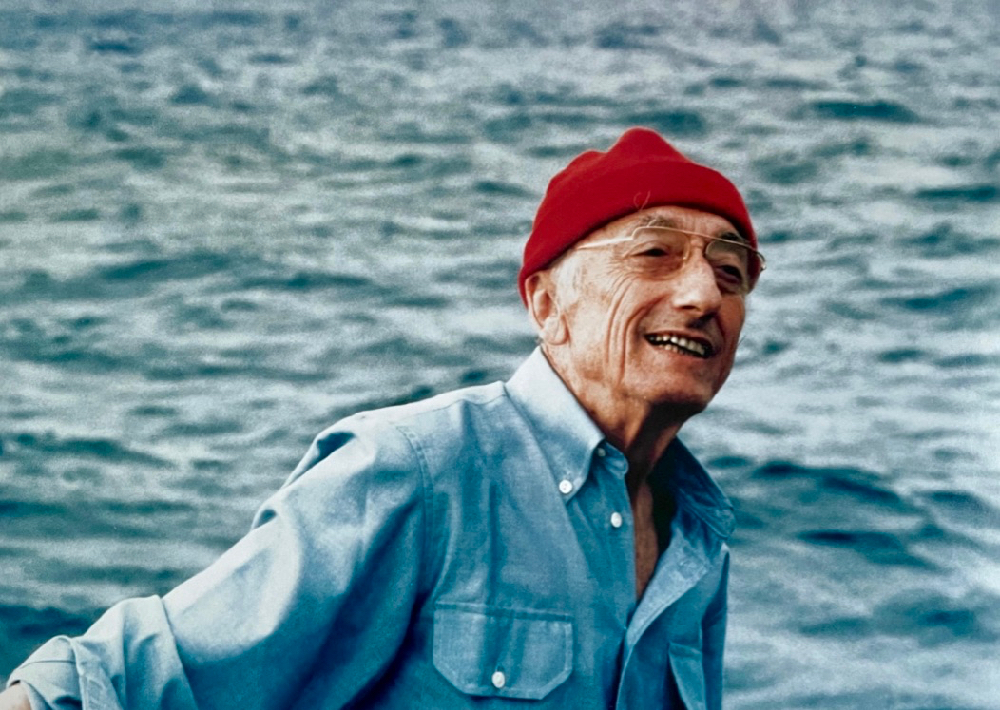Jacques Cousteau

Jacques Cousteau wearing his iconic red cap aboard a ship
Biography
Jacques-Yves Cousteau was born in 1910 in France with an insatiable curiosity about the natural world. As a child, he was fascinated by water and dreamed of exploring what lay beneath the ocean’s surface.
In his early twenties, Cousteau suffered a devastating car accident that severely injured his arms. Doctors doubted he would regain full use of them, but Cousteau refused to let this setback define him. He turned to swimming as part of his recovery, which not only restored his strength but deepened his connection to the water.
Alongside engineer Émile Gagnan, Cousteau co-invented the Aqua-Lung in 1943—a groundbreaking device that allowed divers to breathe underwater for extended periods. This invention revolutionized marine exploration by making it possible for scientists and adventurers to explore the deep ocean freely.
Cousteau’s passion for sharing the wonders of the ocean with the public led him to produce numerous books, award-winning films, and the iconic television series The Undersea World of Jacques Cousteau. His vivid storytelling, combined with stunning underwater footage, brought marine life into millions of homes around the globe.
He believed that knowledge led to care, and care led to protection. Through his work, Cousteau revealed not just the beauty of the ocean but also the threats it faced from pollution, overfishing, and habitat destruction.
In 1973, Cousteau founded the Cousteau Society, dedicated to the research, protection, and sustainable management of ocean resources. This organization became a platform for global advocacy on marine conservation and environmental policy.
By the time of his passing in 1997, Jacques Cousteau had transformed public understanding of the ocean and inspired generations of scientists, explorers, and everyday people to see themselves as stewards of the sea.
Jacques Cousteau didn’t just explore the ocean—he opened it up for the world to see. Before his work, most people could only imagine what was beneath the waves. Cousteau’s inventions made underwater exploration possible for scientists and adventurers, and his films and TV series made marine life feel real and immediate to millions of viewers. He understood that people protect what they love, so he used his storytelling skills to help the world fall in love with the ocean. His vision bridged science, technology, and art, proving that exploration is not just about discovery but about responsibility. Cousteau’s legacy continues to inspire new generations to explore, protect, and cherish the blue planet that sustains us all.
?
How did the invention of the Aqua-Lung change the way humans interact with the ocean?
Why was Cousteau so committed to bringing ocean life to television and film audiences?
What role does the Cousteau Society play in ocean conservation today?
How did Cousteau balance scientific research with public education?
What lessons can we take from Cousteau’s approach to exploring and protecting the ocean?
Dig Deeper
Learn about the famous red hat-wearing underwater explorer Jacques Cousteau!
Discover more

William Kamkwamba
William Kamkwamba invented a windmill from scrap materials at age 14, bringing electricity and hope to his village in Malawi.

Leonardo da Vinci
Leonardo da Vinci reshaped art and inspired technological innovation for centuries.

Wangari Maathai
Wangari Maathai founded the Green Belt Movement, planted over 40 million trees in Kenya, and became the first African woman to receive the Nobel Peace Prize.
Further Reading
Stay curious!
